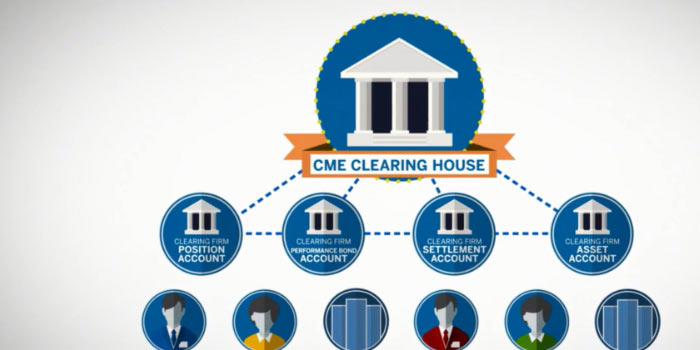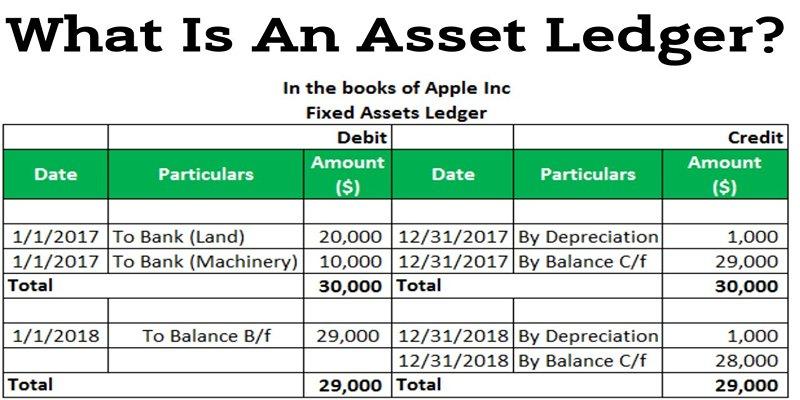
As an investor, you need to understand the basics of taxes to maximize your returns. You must grasp the tax implications of your investment decisions to save you money over time. While the US tax code is complex, understanding a few fundamental principles can help ensure you keep more of your hard-earned money. This guide provides an overview of key tax concepts for investors, including capital gains, dividends, retirement accounts, and deductions. Consider this your beginner's primer to navigating the tax landscape as an investor.
What Is Tax For Investors?
As an investor, you'll primarily deal with capital gains taxes. These are taxes on your profits from selling investment assets like stocks, bonds, mutual funds, and real estate. The difference is considered a capital gain during property selling if the selling price is higher than your purchase or cost-basis price.
Capital Gains and Losses: What Investors Need to Know
As an investor, it is crucial to understand how capital gains and losses are taxed to maximize your returns. Capital gains refer to the profit from the sale of an investment, while capital losses refer to the losses from the sale of an investment.
Capital Gains
The difference is considered a capital gain when you sell an investment at a higher price than you paid. Regular income is taxed at a higher rate than capital gains. Short-term capital gains - from assets held for one year or less - are taxed at the same rate as your ordinary income. Long-term capital gains - from assets held for more than one year - have special tax rates, typically 15-20% for most taxpayers.
Capital Losses
Capital losses can help reduce your tax burden. They might counter capital gains and reduce taxable income. You can deduct up to $3,000 annually from your ordinary income if the losses on investment are more than profits. Any remaining capital losses can be carried over to subsequent years.
Keeping good records of your investment buys, sells, dates acquired, and costs basis will help you calculate your capital gains and losses.
How to Reduce A Tax Bill?
As an investor, there are several strategies you can employ to reduce your tax bill. The less you pay in taxes, the more you can reinvest in your portfolio.
Tax-Advantaged Accounts
Contributing to tax-advantaged retirement accounts like 401(k)s, IRAs, and HSAs allows your investments to grow tax-deferred or tax-free. The sooner you start contributing, the more years of tax-free compounding you can achieve. If your employer offers a match, contribute at least enough to get available matching funds.
Asset Location
Place assets that generate high taxable income, like bonds, REITs, and high-dividend stocks, in tax-advantaged accounts. Put assets with lower taxes, like broad market stock index funds, in a taxable brokerage account. This approach maximizes tax efficiency by matching investments with the most suitable account type.
Tax-Loss Harvesting
If you have investments with unrealized losses in a taxable account, consider selling them to offset capital gains or reduce your taxable income. You can then reinvest the proceeds in a similar but not identical investment to maintain your market exposure. This strategy, known as tax-loss harvesting, can generate tax savings today while keeping your investment strategy intact for the long run.
Reporting Investment Income: What Tax Forms You'll Receive
As an investor, you will receive an investor tax form to help you report your investment income. The documents you receive will depend on the types of investments you have.
- Form 1099-INT reports interest income earned from bank accounts, CDs, bonds, and other investments. You will receive one for each performance that earned $10 or more in interest during the tax year.
- Form 1099-DIV reports dividend and income distributions from stocks, mutual funds, ETFs, and REITs. Any account that earned $10 or more in dividends or distributions will generate this form.
- Schedule K-1 reports income, losses, deductions, and credits from partnerships, S-corporations, estates, and trusts. You will receive a K-1 from each block or S-corporation you have invested in.
- Consolidated Form 1099 combines forms 1099-INT, 1099-DIV, 1099-B, and 1099-MISC. Some brokerages provide a summary of all your investment income and transactions in a single compact form.
When you receive these tax forms, check them carefully to ensure all the details are correct before reporting the information on your tax return. Make a note of items like cost basis, holding periods, and expense deductions, which can affect your tax liability. Report your investment income, gains, and losses on the appropriate schedules and forms for your tax return.
Tax Tips and Strategies for Investors
As an investor, it’s essential to understand how taxes work and take advantage of any tax benefits you’re entitled to. Here are some tips and strategies to be aware of:
Keep Records
Meticulously track your investments and trading activity. Record dates of purchases and sales, number of shares, prices, and fees. These records will provide the details needed for calculating capital gains and losses.
Harvest Losses
Consider selling investments that have unrealized losses if you want to offset capital gains. The losses can reduce your tax liability or be carried forward to offset increases in future years.
Contribute to Tax-Advantaged Accounts
Take full advantage of retirement accounts like 401(k)s, IRAs, and HSAs, which provide tax benefits. Contributions may be tax deductible or tax-deferred. The sooner you contribute, the more years of tax-free compounding your money has to grow.
Invest for the Long-Term
Forlonger than one year, holding investments qualifies for lower long-term capital gains tax rates. The current rates are 0%, 15%, or 20%, depending on your tax bracket. Short-term gains are taxed as ordinary income at higher speeds.
Diversify Your Tax Exposure
A mix of taxable and tax-advantaged accounts provides more flexibility and control over your tax liability in retirement. You can withdraw money from accounts tax-efficiently based on your income needs and tax bracket yearly.
Conclusion
As you navigate the world of investments and build wealth, it's crucial to understand your tax obligations to avoid penalties and maximize your returns. While the tax code can seem complex, focusing on fundamental principles can help you file accurately and take advantage of opportunities. Do your research, keep good records, and consider consulting a tax professional, especially as your investments become more sophisticated.



